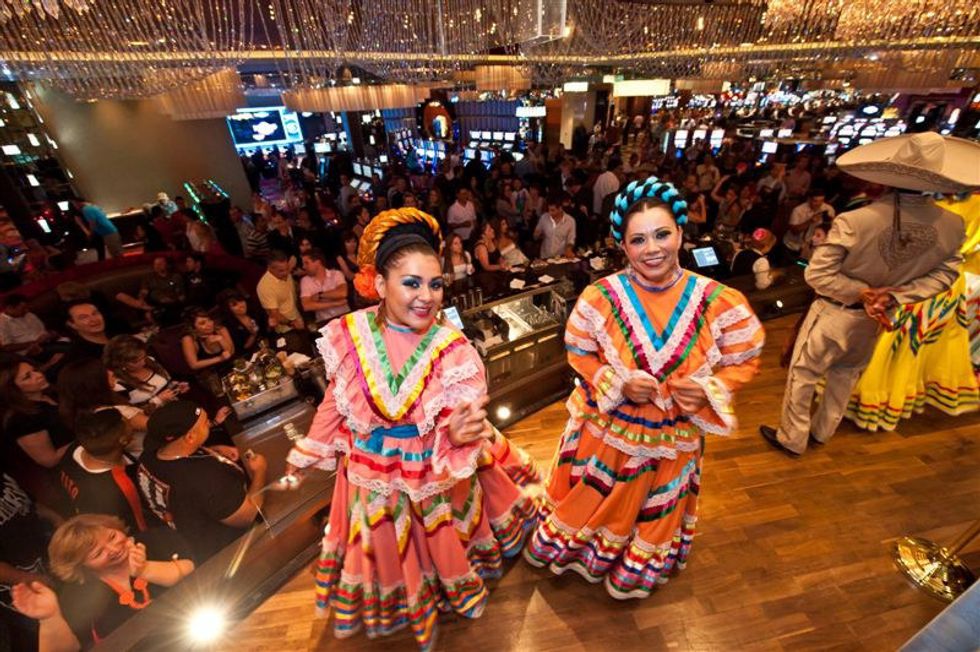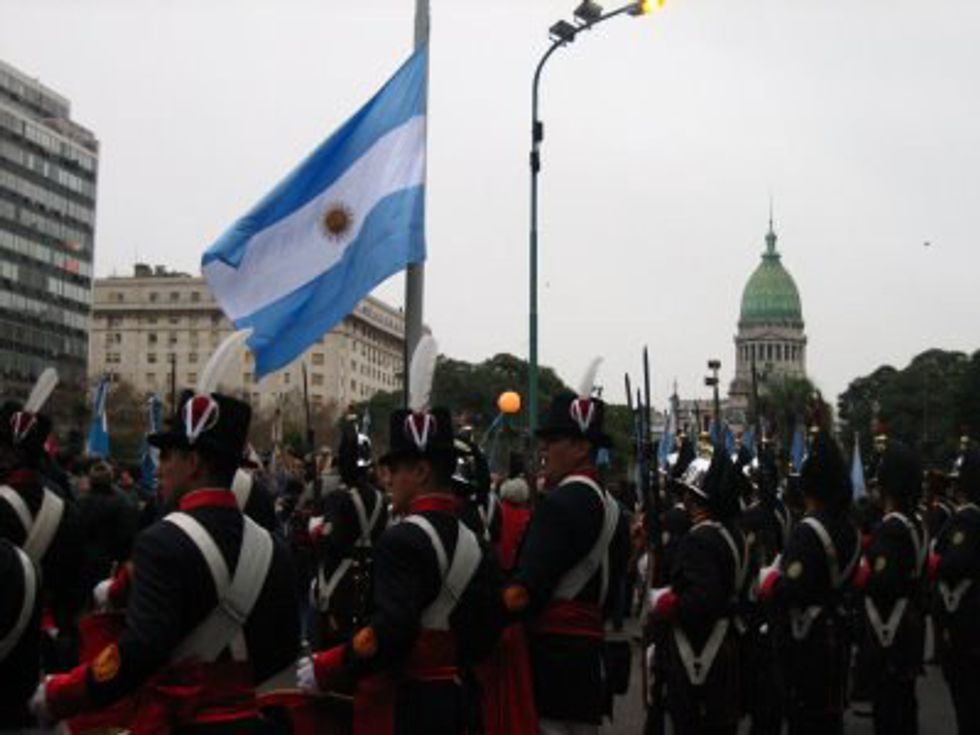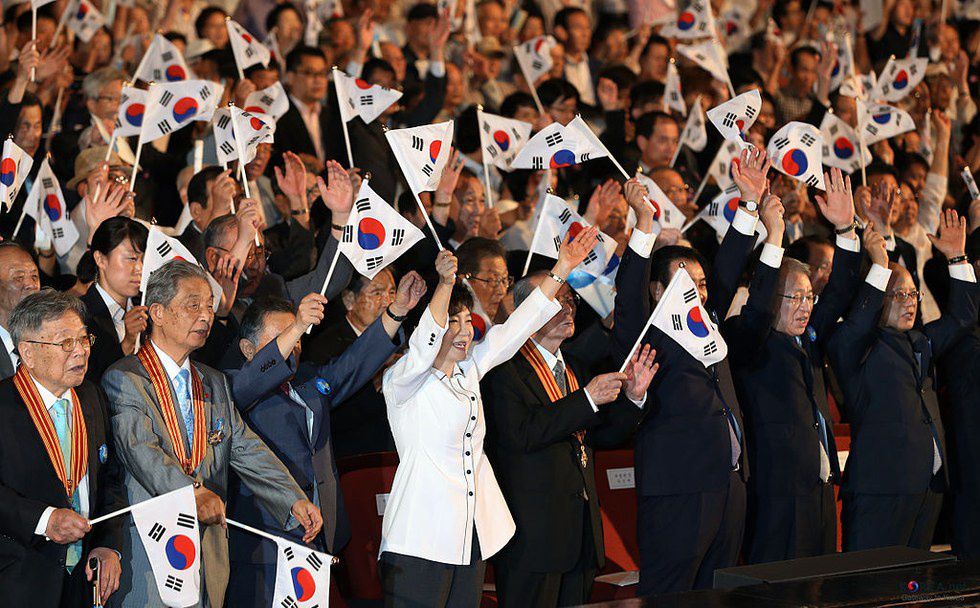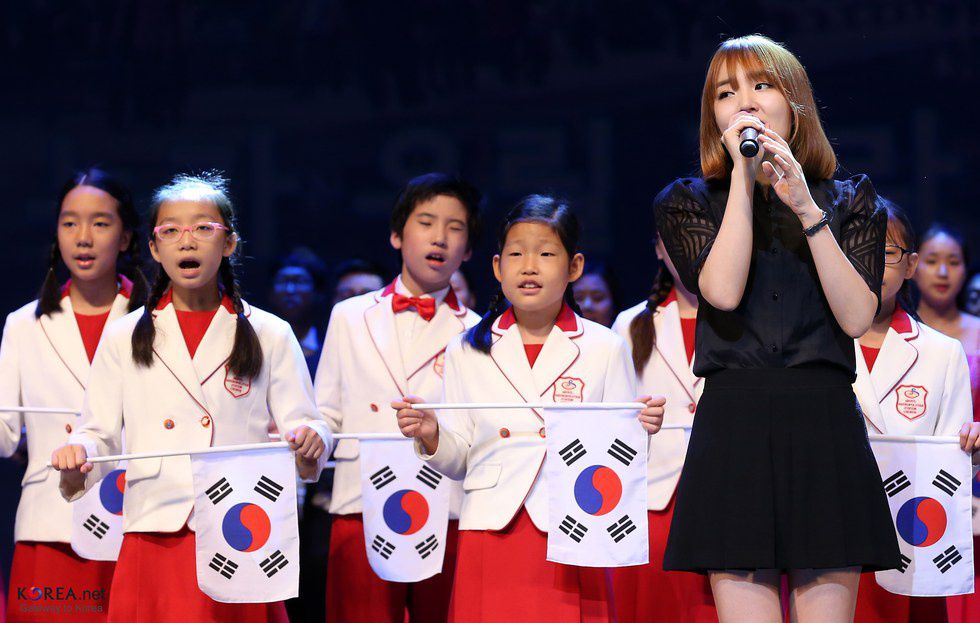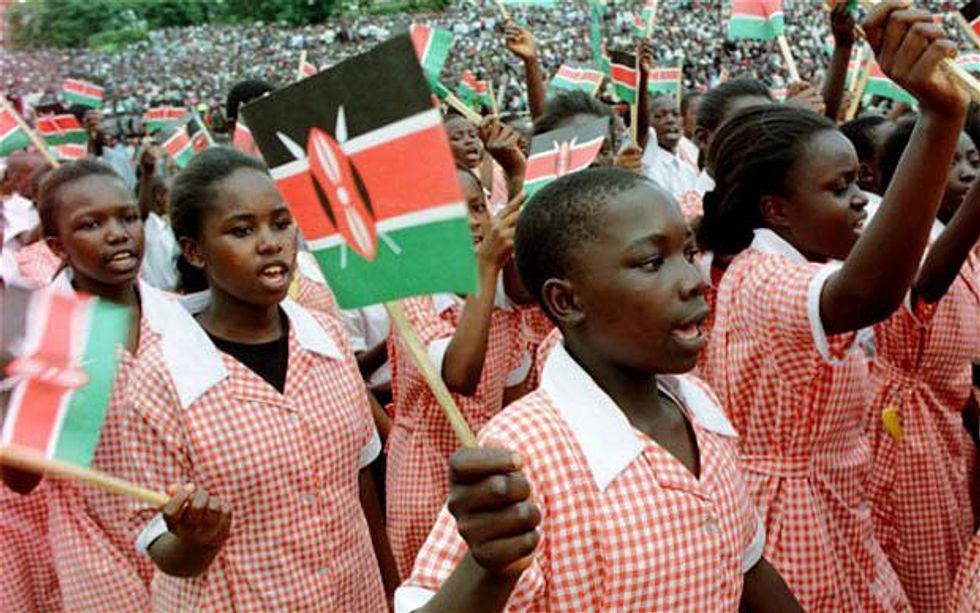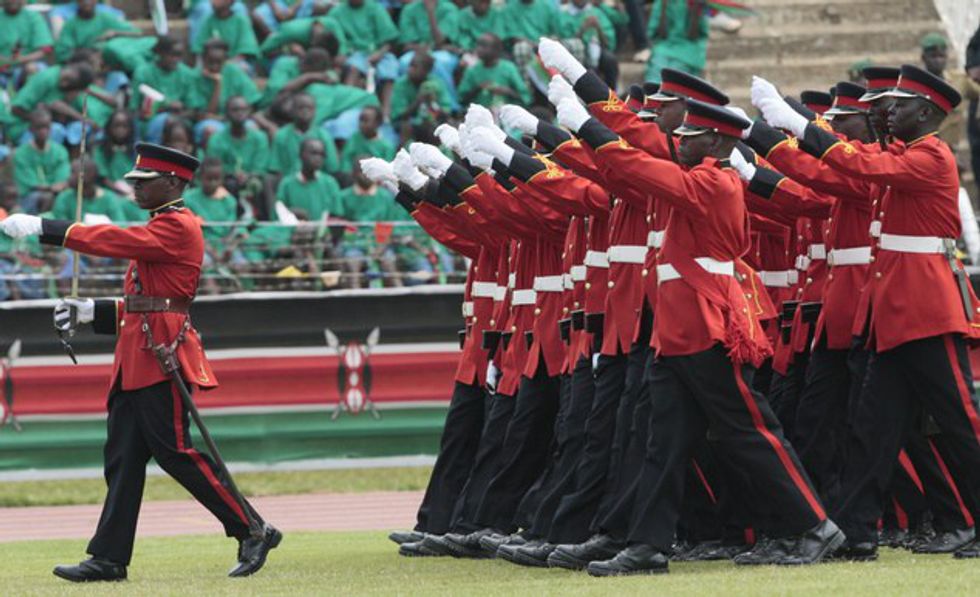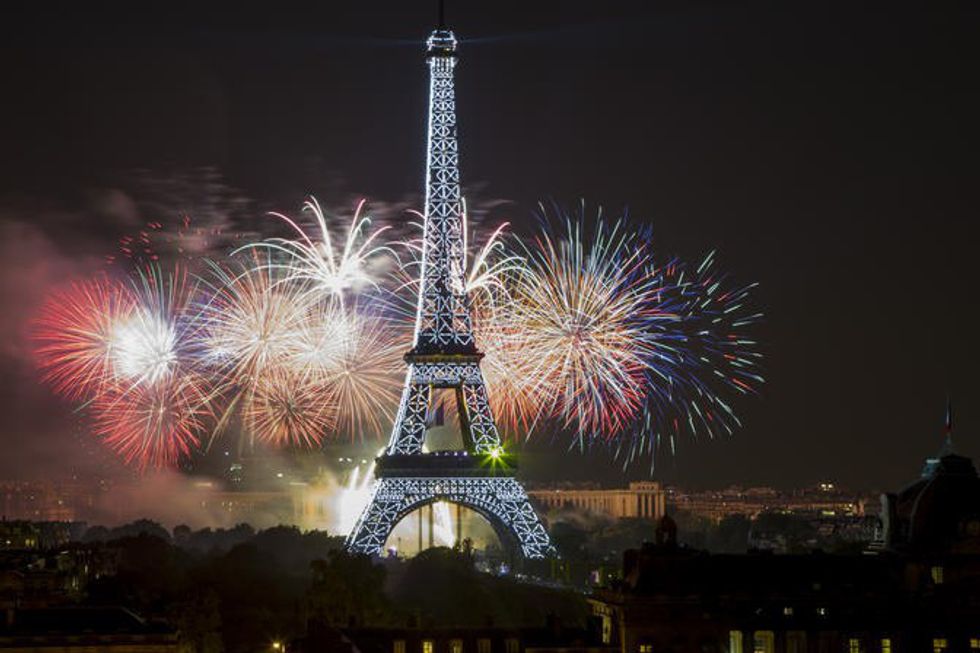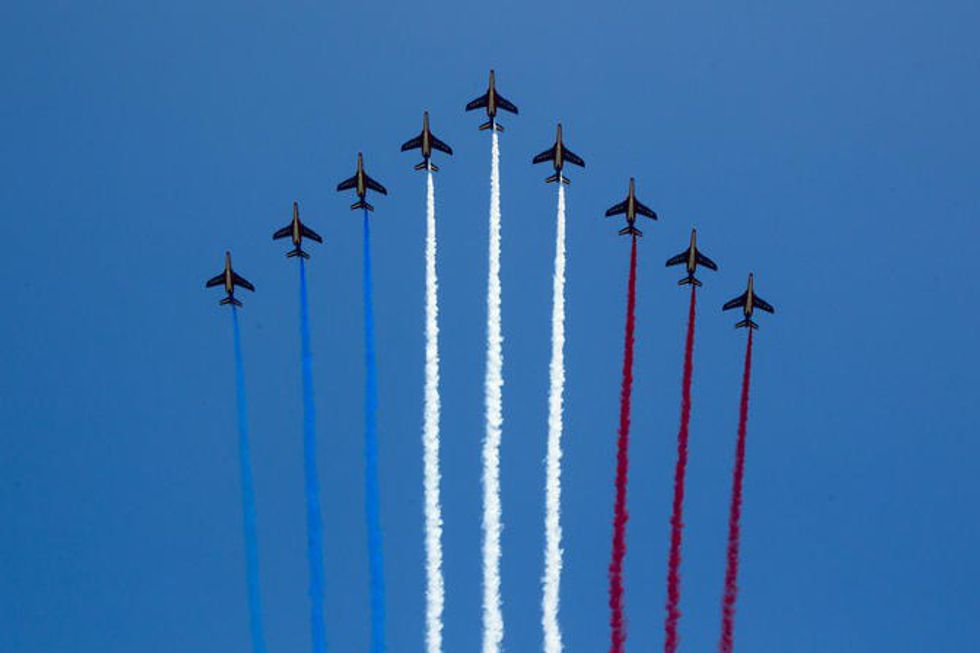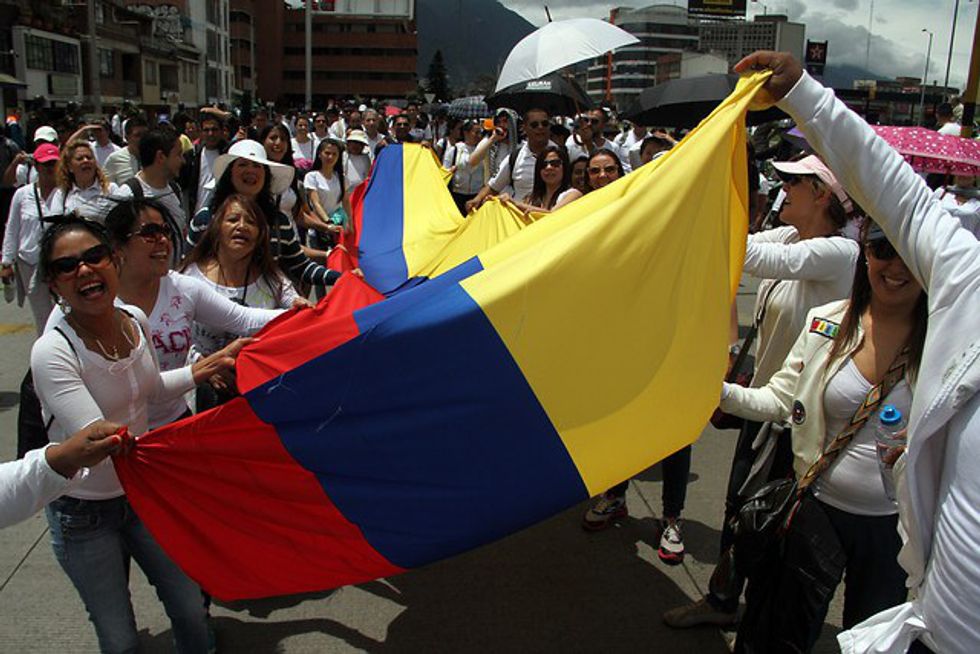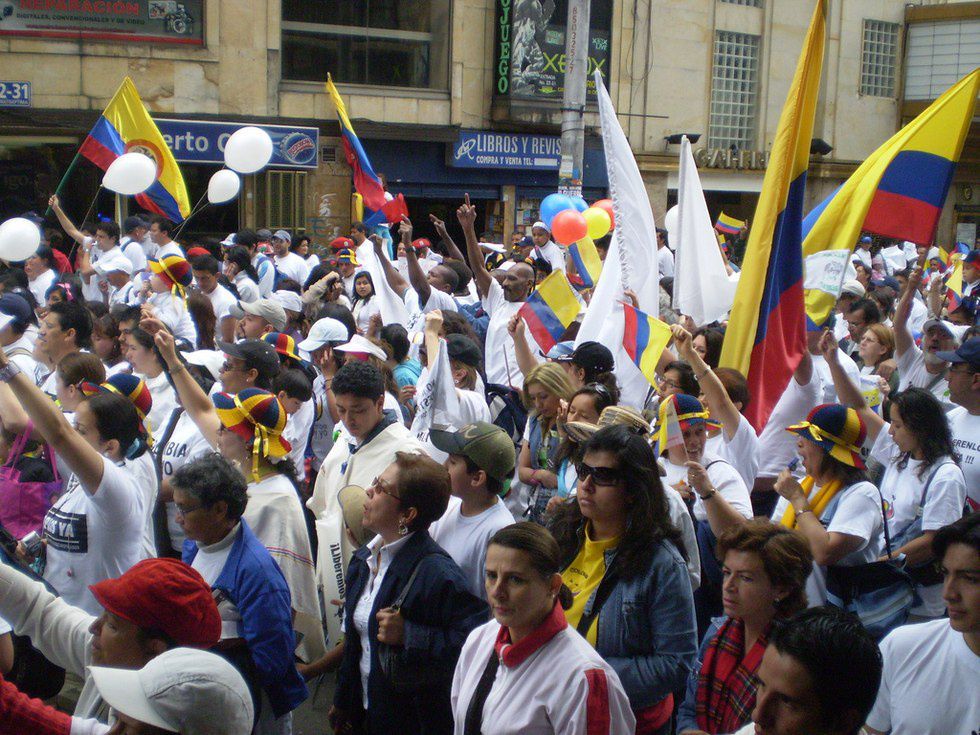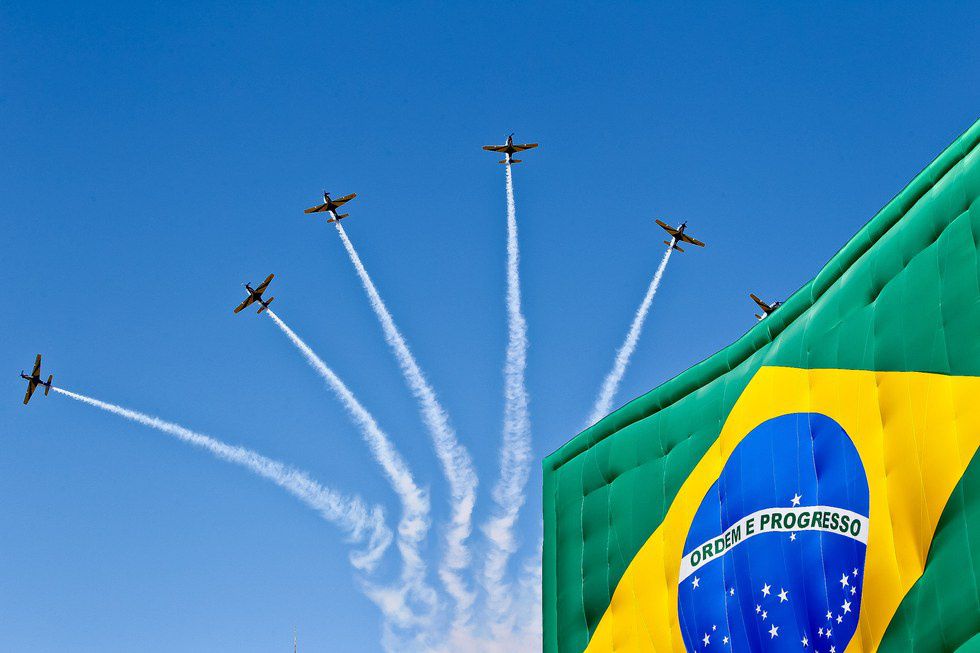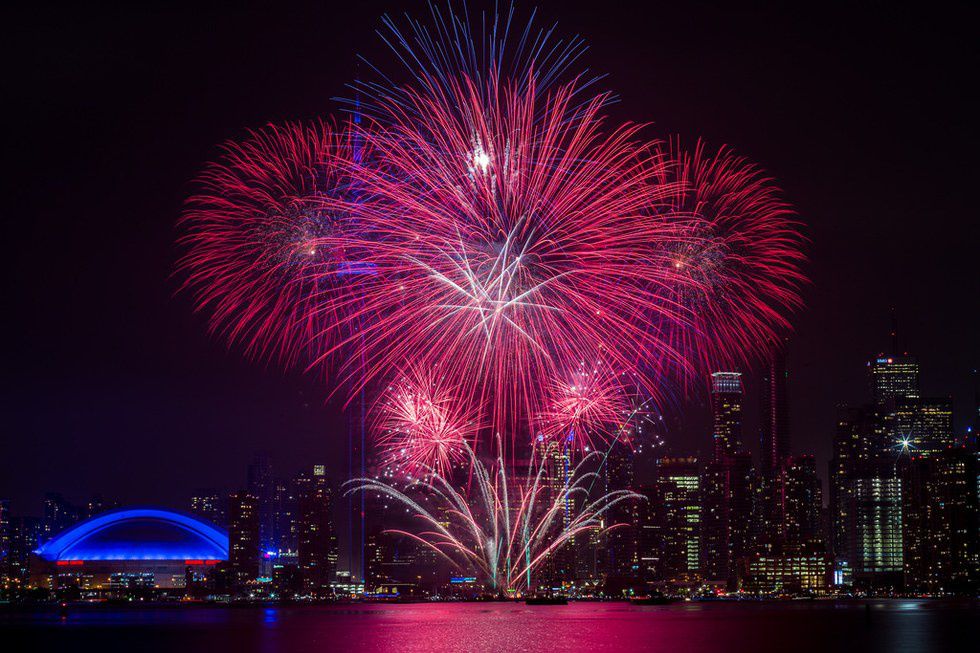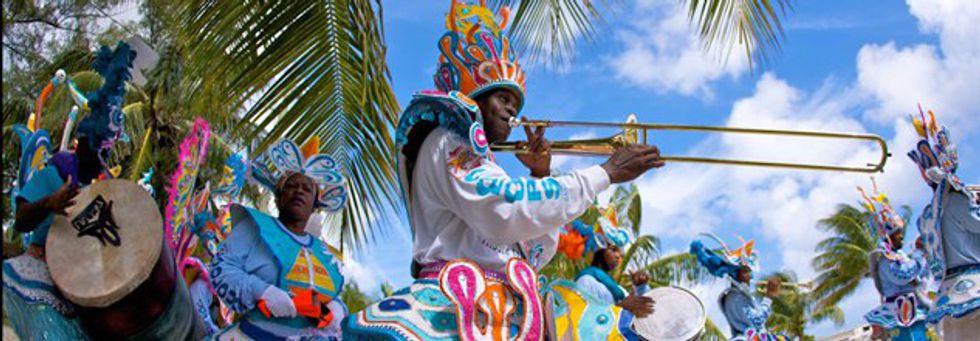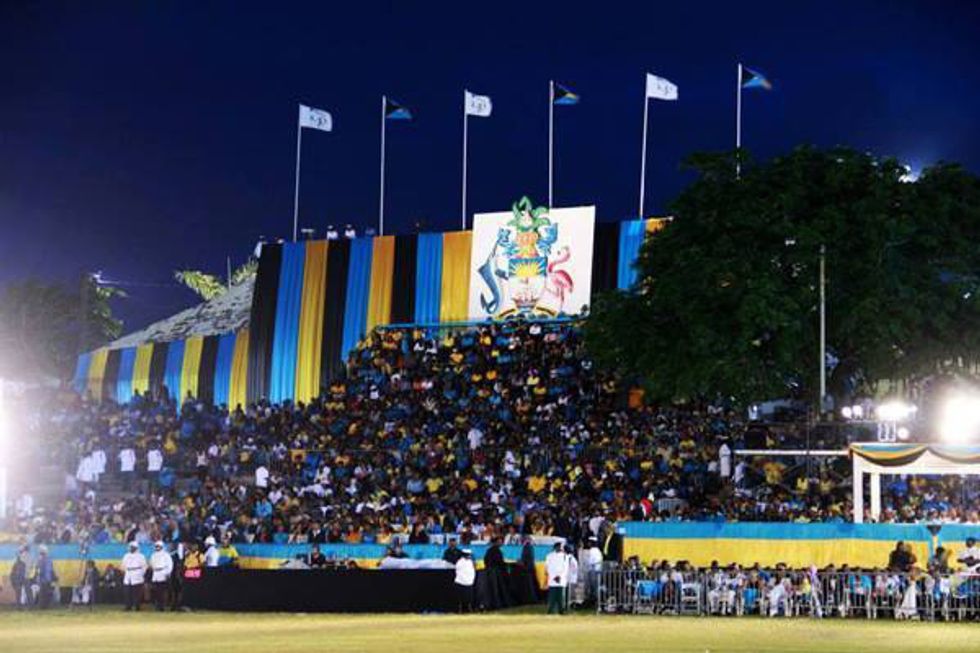As Americans, we celebrate our day of independence from Britain on July 4, marking the day that our Declaration of Independence was adopted. In the midst of our celebration, sometimes it’s hard to remember that we’re not the only country who experiences an annual surge of national pride due to our independence. In fact, for countries that include predominantly people of color, such as Mexico and Kenya, this independence is representative of their victory against the unjust colonialism that victimized their culture and people in earlier days. It’s important to recognize the independence days of other nations if we want to achieve cultural awareness. Here are 11 beautiful Independence Days celebrated outside of the United States.
1. Grito de Dolores – Mexico
On September 16, Mexican people come together to celebrate independence from Spanish colonial rule, achieved in 1824. And 14 years prior to independence, the priest Miguel Hidalgo y Costilla sparked the Mexican War of Independence with a rallying cry to the people in his town. Proudly named the “Cry of Dolores” for the town where it took place, Mexican people gather on September 16 in groups to cry el grito, or “the shout,” in celebration of Hidalgo, War of Independence figures and national pride.
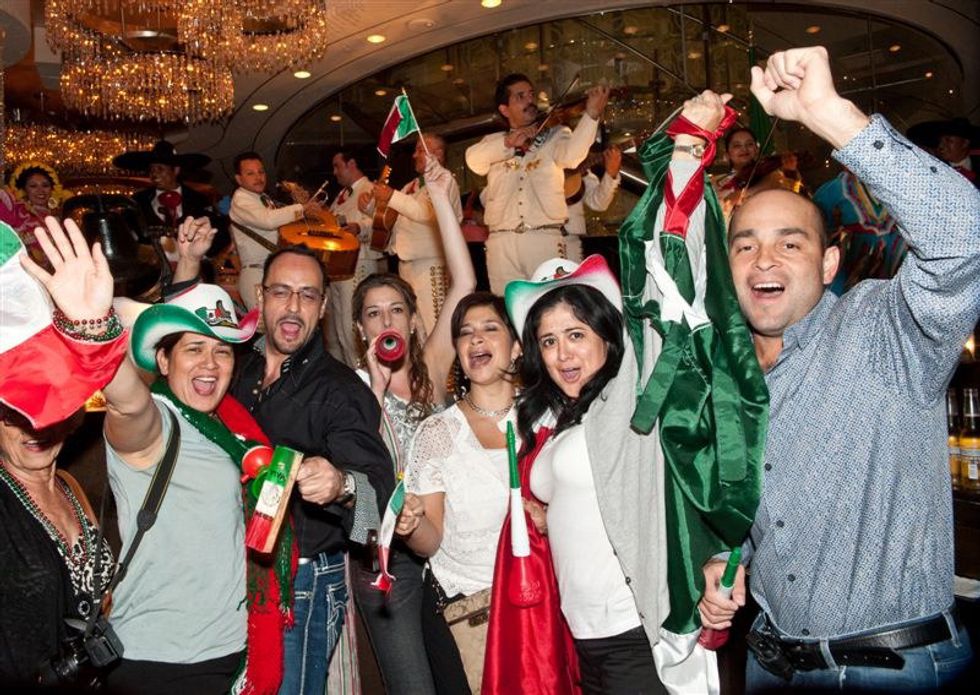
2. Acta de la Declaración de la Independencia Argentina – Argentina
Historians debate over which colonist claimed Argentina first — Vespucci or Magellan? — but what they are sure of is that Argentina eventually gained independence from Spain. The revolution began on May 25, 1810, known as Revolution Day, but the day when they are considered to have first gained independence was July 9, 1816. The resolution passed on this day included Bolivia, Paraguay and Uruguay as well, making for a moment of strong international pride. On July 9, rather than setting off fireworks and having large parties, schools are closed and Buenos Aires holds political parades.
3. National Liberation Day of Korea – South Korea
The celebration of Korean liberation takes place every year on August 15. On this day, South Korea commemorates the day it finally received freedom from Japanese rule and established its independent government in 1948. Even South Korea’s militant northern counterpart celebrates the day of liberation. Koreans commemorate the event with a celebration attended by the president in a large performing arts center, and descendants of important figures from the independence movement get free public transportation and access to museums.
4. Jamhuri Day – Kenya
On the date of December 12, Kenya not only gained independence from Britain in 1963, but also became part of the British Commonwealth in 1964. Jamhuri Day (Swahili for “Republic”) is highly significant to Kenyans and is widely celebrated in the nation, including a trooping of the color by the 9th Kenya Rifles to highlight the festivities.
5. La fête nationale or “Bastille Day” – France
The French national holiday, famously known as “Bastille Day," takes place July 14. It doesn’t commemorate the day independence was received, but rather celebrates the Storming of the Bastille in 1789, a key event in the French Revolution. This revolution did lead to independence, and the French celebrate this with a military parade, fireworks at le tour Eiffel and more.
6. Colombian Independence Day - Colombia
July 20, 1810, marks the day citizens of Colombian capital Bogotá formed a council that would eventually play an important role in gaining independence from Spain. In commemoration, every July 20 Colombian citizens fly their primary-colored flag and express their patriotism through traditional festivals and other events.
7. Sete de Setembro – Brazil
Prior to its independence, Brazil was a part of the United Kingdom of Portugal, Brazil and the Algarves, and this was the monarchy from which it was able to free itself in 1822. September 7, or the Sete de Setembro, was the day that Prince Pedro received Brazil’s declaration of independence. On September 7, Brazil holds various celebrations around its state capitals, including a military parade attended by the President.
8. Canada Day – Canada
Canada’s national holiday has more to do with unification than separation from a ruling entity. July 1 remembers the day the Constitution Act united the three colonies of New Brunswick, Canada and Nova Scotia to form one body (still within the British Empire) called Canada. There is no specific tradition for how to celebrate Canada Day, but Canadians often put on parades, concerts, air shows and the like.
9. Fiestas Patrias – Peru
The first plural celebration on the list, the Fiestas Patrias in Peru are two separate days that remember José de San Martín, who won Peruvian independence, and honor the armed forces and police of Peru. On July 28, nearly every building and residence displays the flag, and on July 29, The Great Military Parade takes place.
10. Bahamian Independence Day – The Bahamas
People often forget that tropical vacation destinations are nations too, many colonized and having gained independence relatively recently. The Bahamas are a young group of islands; they only became independent from Britain on July 10, 1973. Bahamians are self-proclaimed celebrators, and on their independence day, flags are displayed everywhere and a ceremony takes place, along with parties galore.
11. Freedom Day – South Africa
This isn’t a typical independence day, but it’s one of the most important national days of liberation in history. April 27, 1994, marks the day the first elections were held in South Africa after the end of apartheid. The long-term segregation of black and white citizens in South Africa was a painful time for many, so their Freedom Day celebrates great joy due to liberation from long-standing oppression. Citizens also honor Nelson Mandela, the nation’s first black president and a champion against apartheid.




